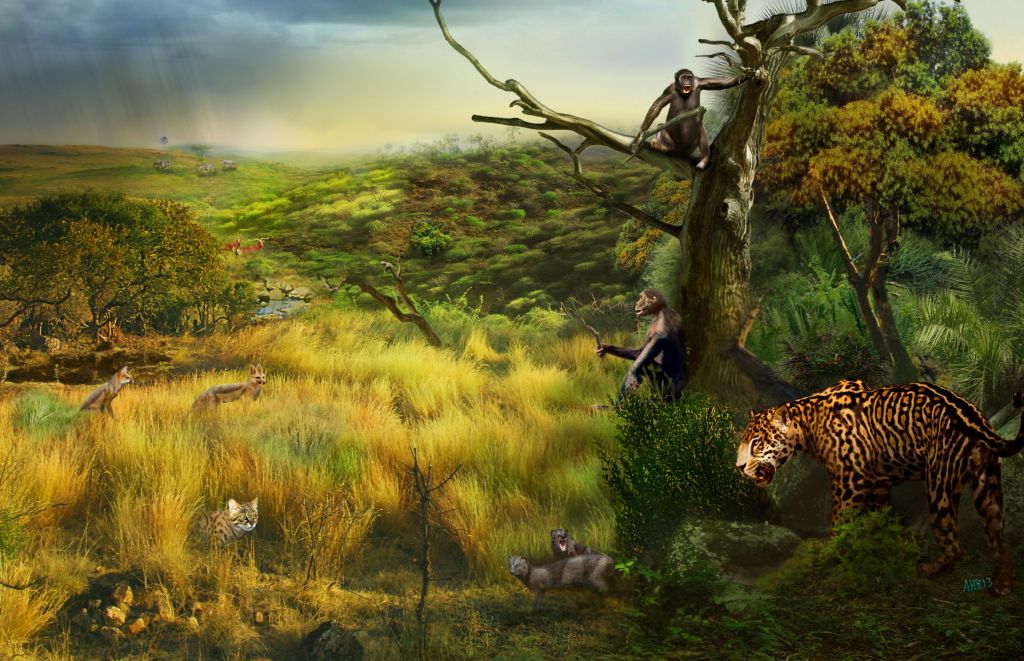Beasts of the Cradle exhibit launches at Maropeng
On Saturday 7 November 2015, Maropeng will be overrun with some of the most vicious creatures of bygone eras. A new temporary exhibit, Beasts of the Cradle, will be opening, revealing insights into the animals that once preyed on our ancient relatives.

Predators in the Cradle
Predators have always been in the Cradle of Humankind World Heritage Site. Huge sabre-toothed cats, giant hyenas, small carnivores and snakes historically played an important role in the ecology of the region, and would have interacted with our ancient relatives, often seeing them as nothing more than prey to be hunted, like any other animal. Interactions with such fearsome beasts, and surviving in their presence, may have been a driving force in the evolution of survival strategies in our lineage.
Even today, predators like leopards, brown hyenas, caracal, jackals and many other carnivores roam freely in the areas protected by the Cradle of Humankind. Despite this protection, the region is highly affected by human incursion and development, and many species are under threat.
Hunters or the hunted?
There has always been debate as to how dominant ancient hominins were in their surrounding environment. With such fearsome predators as the giant hyena, Pachycrocuta, or the enormous sabre-toothed cat, Homotherium, not to mention the presence of more familiar predators such as lions and leopards, the ancient world in which early hominins had to survive could not have been an easy one. How did they survive in such a threatening world?
It is almost certain that cooperation among family groups was critical for survival in this deadly world – behaviour that has been passed down to us through millions of years of natural selection. But there is abundant evidence in the fossil record of numerous sites in the Cradle of Humankind that, whatever strategies were employed to survive in this hostile world, many of these ancient human relatives succumbed to predation by a variety of beasts.
Who knows, some of the very fossil animals exhibited here may have hunted, and even killed, our ancient relatives.
Join us on 7 November 2015 for the opening of this captivating new exhibition with world-famous scientist Professor Lee Berger. Palaeozoologist Dr Brian Kuhn will also be sharing intriguing insights into his exciting carnivore research in the Cradle of Humankind.
Enjoy sundowners, Gauteng's best view of the Magaliesberg mountains and the opportunity to see the first public display of some of these predator fossils.
Details are as follows:
Date: Saturday 7 November 2015
Venue: Maropeng, Cradle of Humankind Visitor Centre
Time: 4.30pm for 5pm until 6.30pm
Price: R120 for adults and R65 for children
Tickets: Online at the Maropeng shop or at the door
Price includes light refreshments and a cash bar will be available.
Should you wish to stay for dinner, please book with us.
For further information, please contact Lindsey Smith on +27 (0)14 577 9003 or lindsey.smith@gauteng.gov.za.